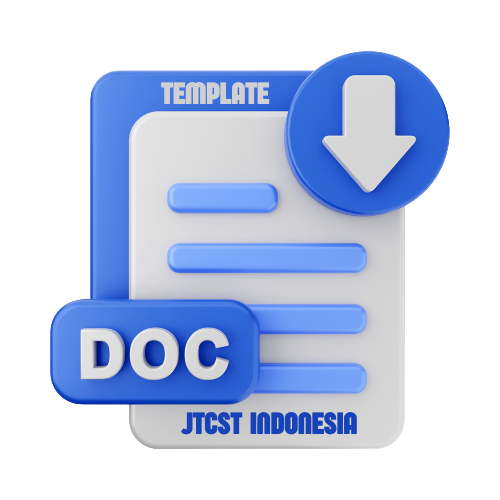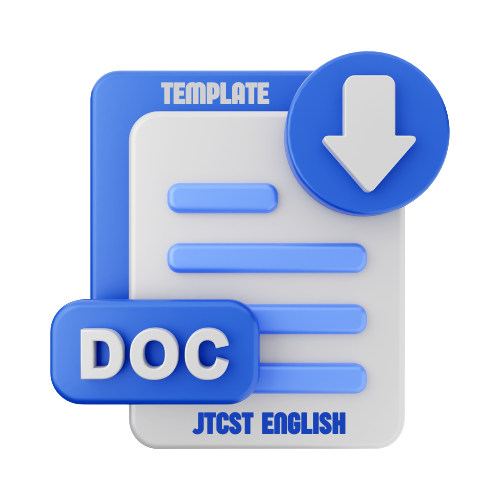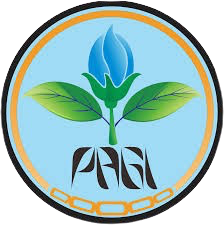The Combination Test Between of Waste Mushroom Logs, Cow Manure Fertilizer and Decomposers to Growth and Yield Of Red Onions (Allium cepa car philipine)
DOI:
https://doi.org/10.22219/jtcst.v1i1.7872Keywords:
Allium cepa var philipine, Waste mushroom logs, cow manure fertilizer, and decomposers.Abstract
Red onion production can be increased by fertilization. Fertilization serves to provide nutrients for plant growth. Chemical fertilizer provides a bad impact on the environment in the long term so that the application of organic fertilizer can be a recommendation. Organic fertilizers are fertilizers derived from animal matter, animal manure, human excreta, and vegetable matter (e.g. compost and crop residues). Waste mushroom logs, cow manure fertilizer, and decomposers used in this research. All of the matter in this research can be a source of nutrients for growing plants and an increase of production and yield of red onions. The objective of this research was to study the combination test between of waste mushroom logs, cow manure fertilizer, and decomposers to growth and yield of red onion. This research was arranged in a Randomized Block Design (RBD), where the main plot is cow manure fertilizer and waste mushroom log, the subplot in the form of a decomposer. The results showed that there was not interaction between cow manure fertilizer and decomposer waste on all parameters of observed growth and yield of red onion. Special decomposer real treatment of the growth of the number of leaves of plant ages 15 HST (18.98), 20 HST (20.33), 25 HST (23.47), 30 HST (25.76), and 35 HST (26.11), and plant height is 35 HST (33.21 cm). The treatment of waste mushroom logs 100% produces a relatively large number of tubers compared to others, which is 8.89 tubers.
Downloads
References
Anshar, M. 2012. Growth and onion yield. Dissertation. Graduate program. Faculty of Agriculture Universitas Gajah Mada. 239 p.
Directorate General of Hortiultura, 2004. Red Onion Production Data. University of Indonesia Press. Jakarta.
Ginting, R.C.B., R. Saraswati., And E. Husen. 2006. Microorganisms of solvent phosphate, pp. 141-158. In the R.D.M. Simanungkalit, D.A. Suriadikarta, R. Saraswati, D. Setyorini, and W. Hartatik (Eds). Organic Fertilizer and Biological Fertilizer. Indonesian Center for Agricultural Land Resources Research and Development. Bogor.
Irvan, M. 2013. Onion response (Allium ceppa var philipine.) To growth regulators and nutrients. Journal of Agrotechnology. 3 (2): 35-40.
Munawar, A. 2011. Soil Fertility and Plant Nutrition. IPB Press. Bogor. 240 things. 112.
Simanungkit, et al., 2006. Microbial Competition At the Time of Decomposers on Plants. Center for Assessment of Agricultural Technology of North Sumatra. J-Hort. 17 (2): 21-34.
Suliasih, et al., 2010. The Advantages of Providing Organic Fertilizers on Soil. Indonesian Center for Agricultural Land Resources Research and Development. Bogor.
Wetzel, R. G. 2001. Limnology: Lake and River Ecosystems. Academic Press. 3rd. p.700.
Widiawati, et al., 2002. Dosage for Organic Fertilization on Shallots. . IPB Press. Bogor. 220 things. 120.
Wijayanti, A and W. Widodo. 2005. Effort to Improve the Quality of Some Varieties of Onion. Agricultural Science Vol 12 (1): 77 - 83.
Yuwono, D. 2007. Compost: By means of Aerobes or Anaerobes to Produce Quality Compost. Jakarta: Spreading Self-Helpers.
Zulfitri, 2005, Analysis of Varieties and Polybags on Growth and Red Onion Results (Allium cepa var philipine.) Hydroponics System, BULETIN Research (08), Mercu Buana University, Jakarta.
Downloads
Published
How to Cite
Issue
Section
License
Copyright (c) 2019 Erfan Dani Septia, Andiny Dwi Wahyudiningtyas

This work is licensed under a Creative Commons Attribution-ShareAlike 4.0 International License.
Authors who publish with this journal agree to the following terms:
- Authors retain copyright and grant the journal right of first publication with the work simultaneously licensed under a Creative Commons Attribution License that allows others to share the work with an acknowledgement of the work's authorship and initial publication in this journal.
- Authors are able to enter into separate, additional contractual arrangements for the non-exclusive distribution of the journal's published version of the work (e.g., post it to an institutional repository or publish it in a book), with an acknowledgement of its initial publication in this journal.
- Authors are permitted and encouraged to post their work online (e.g., in institutional repositories or on their website) prior to and during the submission process, as it can lead to productive exchanges, as well as earlier and greater citation of published work (See The Effect of Open Access).











